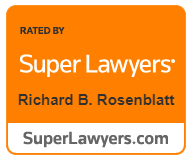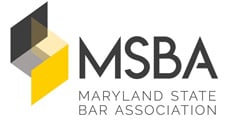When faced with high levels of credit card debt, Maryland consumers must make a series of decisions about how to handle their financial issues. There are a number of debt relief options available, including repayment of existing accounts, debt consolidation and consumer bankruptcy. Each solution offers a range of pros and cons, and wise consumers will balance these factors when choosing a path of action.
Some consumers will try to pay down their credit card debt. Perhaps the most important aspect of paying off credit cards is putting an immediate end to any further spending on those accounts. The next step is to assess the current debt levels, noting the balance owed on each account and the interest rate and fees associated with that account. Once that information is in hand, many choose to tackle the card with the highest interest rate first.
This approach is known as laddering. Borrowers use most of their available funds to pay off the higher rate cards first, making minimum payments on the others. Once an account is completely paid, the consumer begins to move down the list, or ladder, to tackle the next-highest rate card. Over time, a great deal of interest charges and fees can be saved by this method.
Paying down debt through aggressive means such as laddering is one way to address financial strain. However, for those in Maryland who do not have the financial means to make these types of payments, other debt relief options must be explored. For many, consumer bankruptcy offers a faster and less expensive debt relief option than laddering or other repayment options. Those who emerge from bankruptcy can then turn their attention toward building a strong foundation for future financial success.
Source: The Atlanta Journal-Constitution, “Tips on paying off credit card debt”, Clark Howard, May 14, 2014






